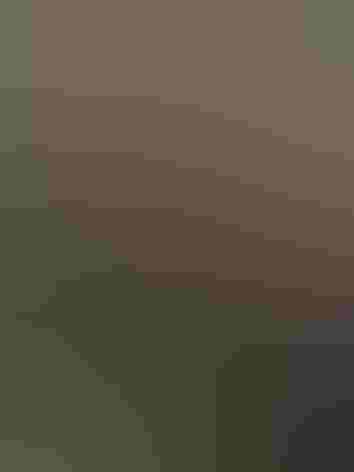California Condor
At a Glance
A holdover from prehistoric times, the great condor is one of our largest and most magnificent birds -- and one of the rarest. Soaring over wilderness crags, feeding on carcasses of large dead animals, reproducing very slowly, it was not well suited to survival in modern-day southern California. Headed toward extinction in the 1980s, the last birds were brought in from the wild in 1987, to be bred in captivity for eventual release into the wild again. The captive breeding program turned out to be surprisingly successful, and flocks of released condors are surviving in several areas of California and in the region of the Grand Canyon.
All bird guide text and rangemaps adapted from Lives of North American Birds by Kenn Kaufman© 1996, used by permission of Houghton Mifflin Harcourt Publishing Company. All rights reserved.
Category
Hawk-like Birds, New World Vultures
Conservation
Critically Endangered
Habitat
Arroyos and Canyons, Coasts and Shorelines, Desert and Arid Habitats, Fields, Meadows, and Grasslands, High Mountains, Shrublands, Savannas, and Thickets
Region
California, Southwest
Behavior
Soaring
Population
290
Range & Identification
Migration & Range Maps
No definite migration proven, but individuals were known to have moved long distances within the breeding range.
Description
45-55" (1.1-1.4 m). W. 8' 6-9' 6" (2.6-2.9 m). Huge. Soars ponderously on broad, flat wings. Adult has orange head, white wing-linings; immature is all dark at first. Other soaring birds (eagles, vultures) are longer-tailed, not nearly as large.
Size
About the size of a Heron
Color
Black, Red, White
Wing Shape
Broad, Fingered, Long
Tail Shape
Rounded, Short, Square-tipped
Songs and Calls
Usually silent.
Call Pattern
Flat
Call Type
Odd
Habitat
Wild open country, rugged hills. At one time, ranged over much of the west, from mountains and valleys to the coast. On its last stand in California, the condor foraged over open grassland and savannah, and nested in rugged mountainous terrain with forest and steep cliffs.
Sign up for Audubon's newsletter to learn more about birds like the California Condor
Behavior
Eggs
One. Whitish. Incubation is by both sexes, about 56 days. Members of pair trade places on the egg once every 1-5 days, rarely taking shifts up to 9-10 days.
Young
Both parents bring food for young bird. Adult condors harass or chase away potential predators, such as ravens, Golden Eagles, and large mammals, from vicinity of nest. Young capable of flight about 5-6 months after hatching, may remain dependent on parents for at least another 6 months. This long period of dependence means that the whole nesting cycle takes more than a year, so after successfully raising one young the condors must skip one nesting season before trying again.
Feeding Behavior
Generally forages only in warmer hours of day, spending morning and evening perched at night roost. Forages by soaring, often less than 2000' above ground, looking for carrion. May find much of its food by watching actions of other scavengers (such as vultures or ravens).
Diet
Carrion. Prefers recently-dead large animals, such as deer or cattle. Formerly occurred often on coast, feeding on dead whales and other marine creatures washed up on beach.
Nesting
Apparently does not breed in the wild until about 7 years old. Nest site is usually in cave or large crevice in cliff; sometimes in crevice among large rocks on steep slope, or in burned-out cavity in huge tree, such as giant sequoia. On flat bottom of cave, adult condors may make "nest" of stones, debris, gravel.
Climate Vulnerability
Conservation Status
Decline in numbers was already evident to observers by 1890. Early causes included shooting; also, many condors died in traps or at poisoned carcasses put out to kill large predators. In more recent years, poisoning (including lead poisoning), shooting, and collisions with power lines were among causes of death. Numbers remaining were estimated at about 60 in 1965, fewer than 25 in 1982. In mid-1980s, all remaining wild condors were caught for captive breeding. This breeding program succeeded quite well in raising the numbers of captives, suggesting that it might be possible to reestablish a wild population again. By the mid-1990s, attempts were being made to introduce some of the captive-bred condors into the wild.










